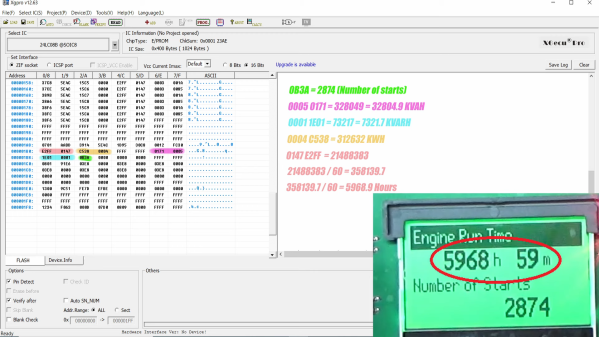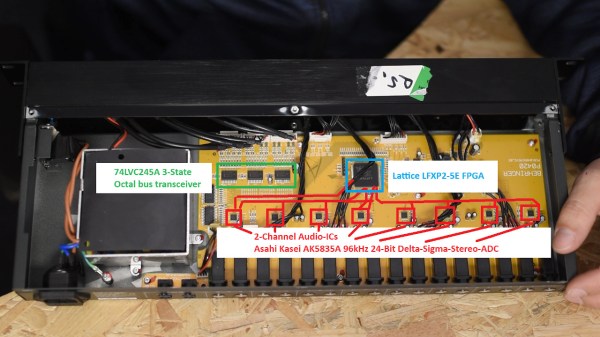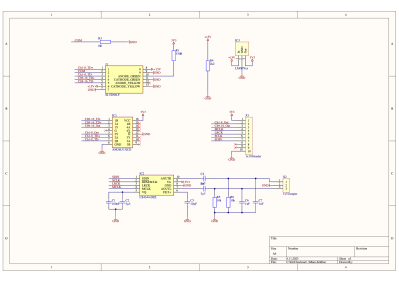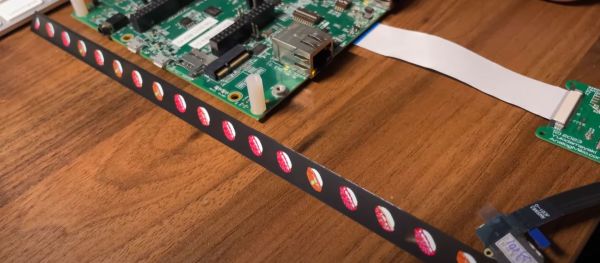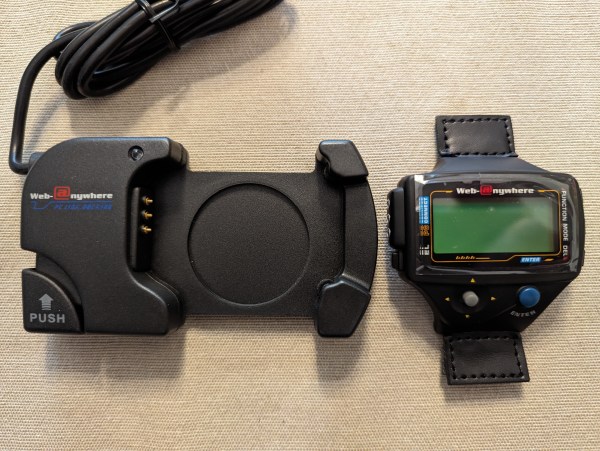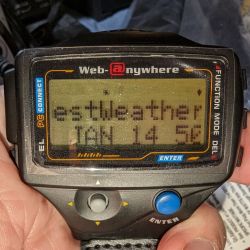Many readers will be aware of the trend for disposable vapes, and how harvesting them for lithium-ion batteries has become a popular pastime in our community. We’re all used to the slim ones about the size of a marker pen, but it’s a surprise to find that they also come in larger sizes equipped with colour LCD screens. [Jason Gin] received one of this type of vape, and set about reverse engineering it.
What he found inside alongside the lithium-ion cell (we love his use of the term ” street lithium” by the way) was an ARM Cortex M0 microcontroller, 1 MB of flash, and that 80×160 display. Some investigation revealed this last part to have an ST7735S controller with an SPI interface. He turned his attention to the flash, which was filled with the bitmaps for the display. Seeing an opportunity there, this lead to the creation of a Windows 95 theme for the device.
Finally, the microcontroller turned out to be accessible with programming tools, with an unprotected firmware. The reverse engineering effort is ongoing, but we hope the result is a small dev board that will at least save some of the from being e-waste. If you’re curious, all the tools used are in a GitHub repository.
Meanwhile, we’ve looked at street lithium harvesting before.
Thanks [DeadFishOnTheLanding] for the tip!



